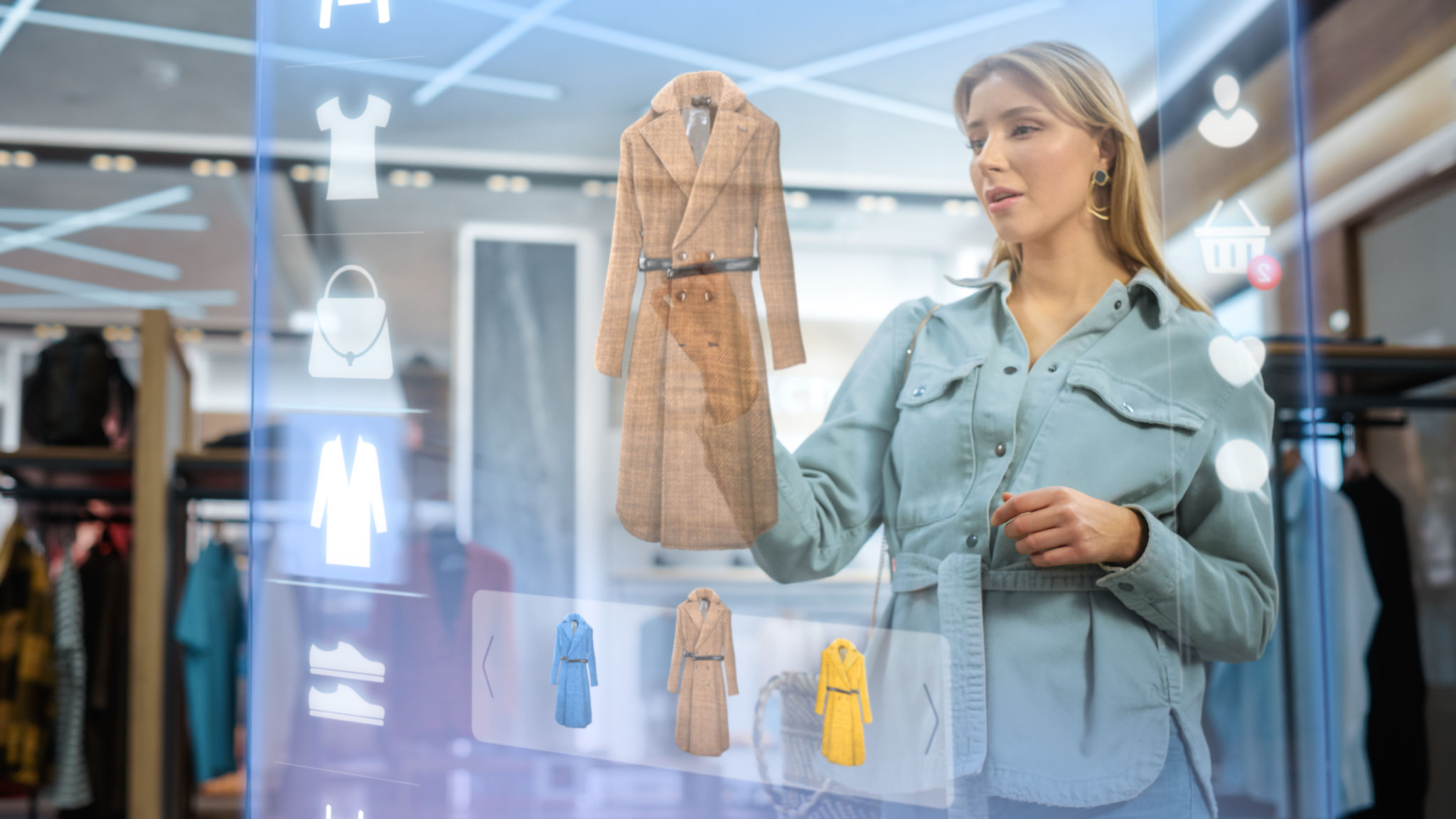How Virtual Fitting Room Software is Revolutionizing Fashion Retail
The Rise of Virtual Fitting Rooms
In the ever-evolving world of fashion retail, technology has become a key player in enhancing customer experience. One of the most exciting innovations in recent years is the virtual fitting room software. This technology is transforming how consumers shop for clothes online by bridging the gap between physical and digital shopping experiences.
Virtual fitting rooms use augmented reality (AR) and artificial intelligence (AI) to allow customers to try on clothes virtually. This not only offers convenience but also helps in making more informed purchasing decisions. As a result, fashion retailers are increasingly adopting this technology to stay competitive in a rapidly changing market.

How It Works
The technology behind virtual fitting rooms is both fascinating and complex. It leverages AR to overlay clothing items onto a live video feed of the shopper. AI algorithms adjust the fit based on the shopper's measurements, creating a realistic representation of how the garment will look on their body.
Customers can input their measurements or use a smartphone camera for a more personalized fit. Some advanced systems even allow for fabric movement simulation, giving users an even more accurate depiction of how a garment will behave in real life.
Benefits for Consumers
The advantages of virtual fitting rooms are numerous. Here are some key benefits for consumers:
- Convenience: Shoppers can try on multiple outfits without ever leaving their homes.
- Confidence: By seeing how clothes will fit and look, consumers can make purchases with greater confidence.
- Personalization: The software can recommend sizes and styles based on past preferences and body measurements.

Impact on Retailers
For retailers, adopting virtual fitting room technology can lead to several positive outcomes. One of the most significant impacts is the reduction in return rates. By allowing customers to see how items fit before purchase, fewer returns are made due to incorrect sizing or dissatisfaction with the product.
Additionally, this technology can improve conversion rates. When shoppers feel more confident about their choices, they are more likely to complete their purchase. Retailers also gain valuable data on consumer preferences and behavior, which can inform future marketing strategies and inventory decisions.
Challenges and Considerations
Despite its many benefits, implementing virtual fitting room software is not without challenges. Retailers must consider the initial investment in technology and training. Additionally, some customers may be hesitant to adopt new technologies, particularly older demographics who may be less tech-savvy.
Ensuring the accuracy of fit and representation is critical. Poorly rendered virtual try-ons could lead to customer dissatisfaction, negating the benefits of the technology. Retailers must work closely with technology providers to ensure seamless integration and high-quality user experience.

The Future of Fashion Retail
The adoption of virtual fitting rooms is just one example of how fashion retail is evolving through technology. As this innovation becomes more mainstream, we can expect further advancements that will continue to enhance the shopping experience.
Looking ahead, we might see virtual fitting rooms integrated with social media platforms, allowing users to share their virtual outfits with friends for feedback before purchasing. As AI and AR technologies advance, the possibilities for personalization and convenience in fashion retail are limitless.
In conclusion, virtual fitting room software represents a significant shift in how we shop for clothes. By combining convenience with enhanced decision-making capabilities, it's clear that this technology is here to stay, promising a future where shopping is as much about experience as it is about product.
